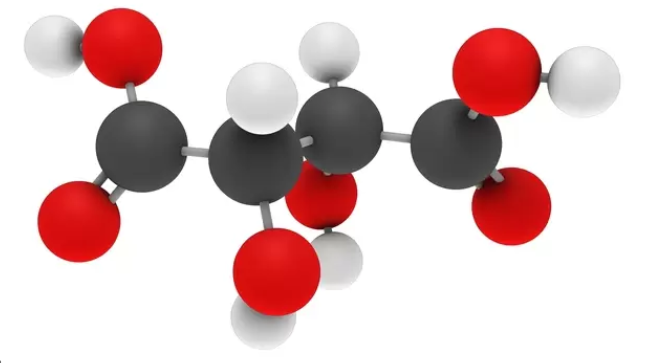
Lactic acid, also known as α-hydroxypropionic acid, or 2-hydroxypropanoic acid, is an organic compound belonging to the family of carboxylic acids with the chemical formula CH3CH(OH)CO2H. It is a white, water-soluble solid or clear liquid that is present in certain plant juices, in the blood and muscles of animals, and in the soil. Lactic acid is classified as an alpha hydroxy acid due to the Lactic acid consists with a hydroxyl group adjacent to the carboxyl group. Lactic acid was discovered by the Swedish chemist Carl Wilhelm Scheele from sour milk for the first time in 1780.
Scientists at Creative Proteomics utilize a highly quantitative method with high-performance liquid chromatography (HPLC) for the determination of Lactic Acid levels in various samples, including Food, Tissue, Beverage, Dairy Product and more. High-Performance Liquid Chromatography (HPLC) using a differential refractive index detector (RID) for the determination of Lactic acid levels in a lot of biological samples. This Methodology provides accurate, reliable, and reproducible results of Lactic acid measurement, which enables us to analyze of Lactic acid levels in vitro and in vivo.
Lactic acid plays a role in several biochemical processes in the form of its conjugate base and is well known that it is formed from glycogen by muscle cells when the oxygen supply is inadequate to support energy production. Lactic acid is an intermediate product of anaerobic metabolism, which is a metabolic process that converts sugar to acids, gases or alcohol, derived chiefly from muscle cells and red blood cells. In medicine, lactate is one of the main components of lactated Ringer's solution and Hartmann's solution, which is most commonly used for fluid resuscitation after blood loss due to trauma, surgery, or burn injury.
The Russian-Polish botanist M. Tswett is generally recognized as the first person to establish the principles of chromatography. In a paper he presented in 1906, Tswett described how he filled a glass tube with chalk powder (CaCO3) and, by allowing an ether solution of chlorophyll to flow through the chalk, separated the chlorophyll into layers of different colors. He called this technique “chromatography”. Fundamentally, chromatography is a technique used to separate the components contained in a sample. High Performance Liquid Chromatography (HPLC) is a method able to separate non-volatile, thermally unstable, and polar components separate or in a mixture. HPLC is a type of chromatography that, because of its wide application range and quantitative accuracy, is regarded as an indispensable analytical technique, particularly in the field of organic chemistry. It is also widely used as a preparation technique for the isolation and purification of target components contained in mixtures.
Lactic acid Analysis Service at Creative Proteomics supports your research in Lactic acid Analysis. HPLC Based Analysis Service Platform enable us at Creative Proteomics offers you a state-of-the-art Analysis Service.
Sample Type
Food, Tissue, Beverage, Dairy Product and more
Method
High-Performance Liquid Chromatography (HPLC) using a differential refractive index detector (RID) for the determination of Lactic acid levels in a lot of biological samples. This Methodology provides accurate, reliable, and reproducible results of Lactic acid measurement, which enables us to analyze of Lactic acid levels in vitro and in vivo.
Send us your samples, you will get all information that you need!







